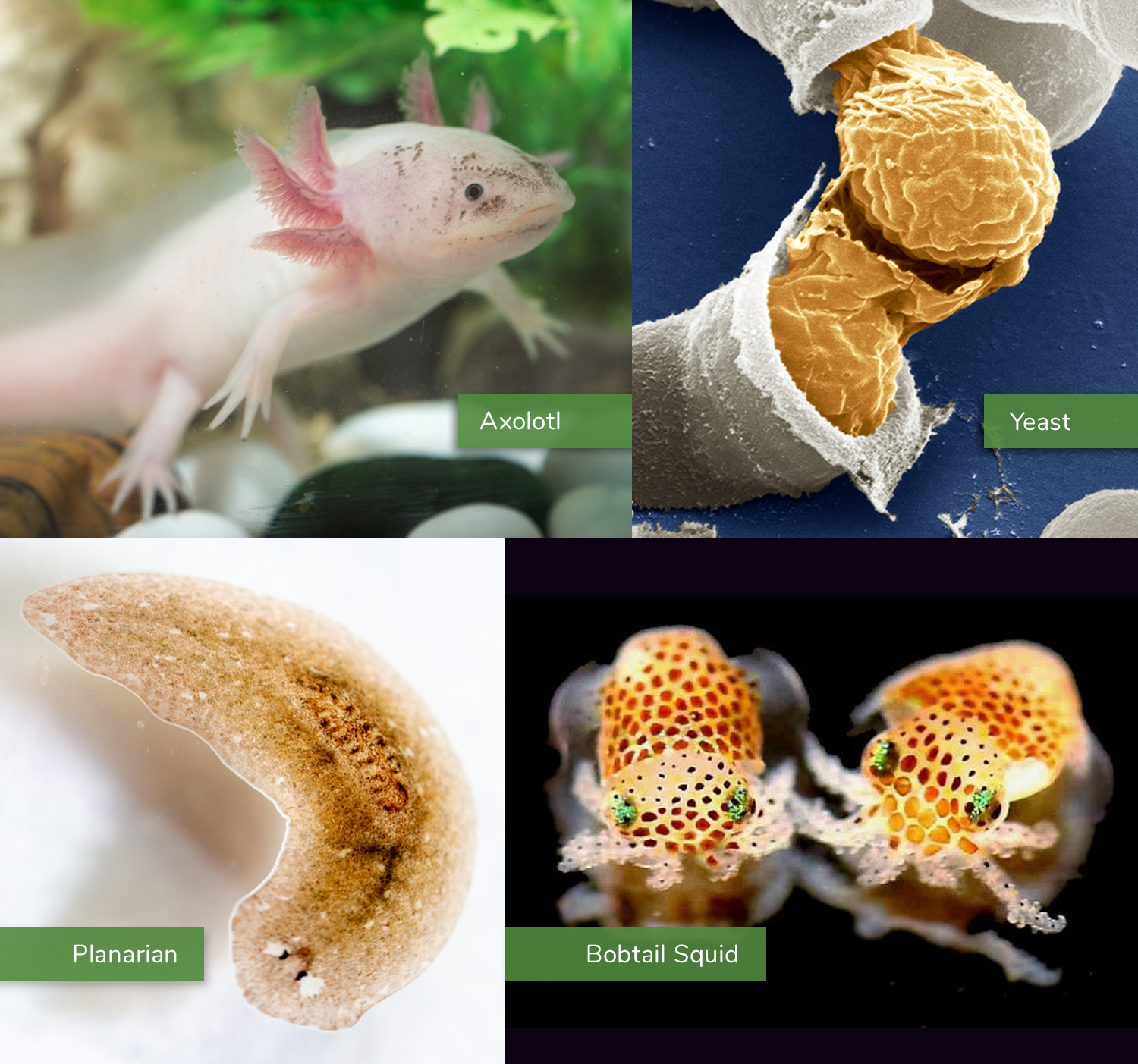CRCB Search Committee Members:
Marie Bernard, National Institute on Aging
William Gern, University of Wyoming
Laura Gibson, West Virginia University Health Sciences Center
Patricia Hand, Mount Desert Island Biological Laboratory
Jill Heemskerk, National Institute of Biomedical Imaging and Bioengineering
Laura Stanek, Office of Human Resources, NIH
Brent Stanfield, National Institute of Diabetes and Digestive and Kidney Diseases
David Wilson, Tribal Health Research Office, NIH
Doug Wright, University of Kansas Medical Center
Dorit Zuk, National Institute of General Medical Sciences, Chair
Fred Taylor, distinguished leader of our Center for Research Capacity Building (CRCB), is planning to retire, and we’re embarking on a search for an outstanding individual to serve as the new CRCB director. CRCB supports research, research training, faculty development, and research infrastructure improvements in states that historically have not received substantial levels of research funding from NIH. It also supports faculty research development at institutions that have a historical mission focused on serving students from underrepresented groups, research and research capacity building directed by Native American and Alaska Native tribal organizations, and conducts a science education program designed to improve life-science literacy. CRCB is composed of four programs: Institutional Development Awards, Native American Research Centers for Health, Science Education Partnership Awards, and Support of Competitive Research.
The CRCB director will have the opportunity to set priorities, lead change, and strengthen the biomedical research enterprise across the United States. The center director reports to the NIGMS director and is a member of the NIGMS senior leadership team, which helps set policies and priorities for the Institute. There are also opportunities to participate in and advise on NIH-wide activities and collaborations with other federal agencies.
Candidates must possess an M.D., Ph.D., or equivalent degree in a field relevant to the position. The ideal candidate will have considerable research experience in basic, clinical, or translational biomedical science; a demonstrated understanding of the conditions that disproportionately affect underserved populations; and knowledge related to the NIGMS mission. In addition, candidates should possess recognized research management and leadership abilities.
For additional information and application instructions, please see the vacancy announcement (no longer available). NIGMS will accept applications for at least 45 days from October 2, 2017, but it will not close the application process until a candidate has been selected.
As chair of the search committee, I ask for your help in identifying candidates for this crucial position and in sharing this information with others who might be interested.


 Among the research organisms discussed at the NIGMS workshop last September are (clockwise): Ambystoma mexicanum (axolotl, credit: iStock), Saccharomyces cerevisiae (yeast, credit: see
Among the research organisms discussed at the NIGMS workshop last September are (clockwise): Ambystoma mexicanum (axolotl, credit: iStock), Saccharomyces cerevisiae (yeast, credit: see